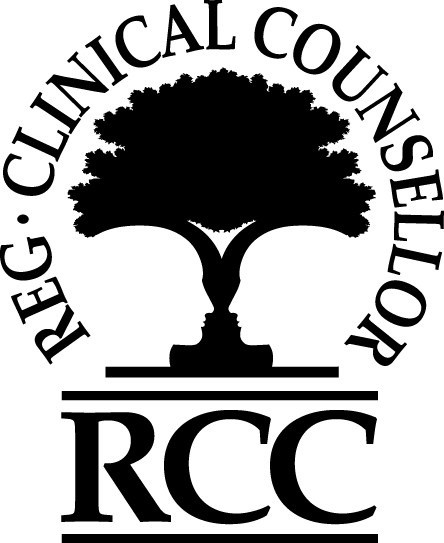Call to Book: (604) 427-2237 Need an RMT appointment before year-end? Spots are filling fast — Book Now! 🎁 Gift Cards Available Now
What is botox?
Botox
Botox, short for Botulinum toxin, is a neurotoxic protein produced by the bacterium Clostridium botulinum. It is widely known for its use in cosmetic procedures to reduce the appearance of wrinkles and fine lines by temporarily paralyzing muscles.
Key points about Botox
1. Mechanism of Action: Botox works by blocking signals from the nerves to
the muscles, preventing them from contracting. This temporary paralysis of
the muscles smooths out wrinkles and prevents new ones from forming.
2. Cosmetic Uses: It is primarily used to treat dynamic wrinkles, which are
wrinkles that form from repetitive muscle movements, such as frown lines
between the eyebrows (glabellar lines), forehead lines, and crow’s feet around
the eyes.
3. Medical Uses: Beyond cosmetic purposes, Botox is also used for various
medical conditions, including muscle spasms, excessive sweating
(hyperhidrosis), migraine headaches, and certain eye muscle disorders
(strabismus and blepharospasm).
4. Procedure: Botox is injected directly into the muscles using a fine needle.
The procedure is relatively quick and does not require anesthesia. Results
typically appear within a few days to a week after treatment and can last for
several months, after which the effects gradually wear off.
5. Safety: When administered by trained medical professionals in appropriate
doses, Botox is generally safe. However, like any medical treatment, it can
have side effects such as temporary bruising, headache, or flu-like symptoms.
Serious complications are rare but can occur if Botox spreads beyond the
injection site.
6. Regulation: Botox is a prescription medication and should only be
administered by qualified healthcare providers who are trained in its use.
Reducing facial wrinkles
Contact CAVE to schedule your appointment.
Accreditations and Memberships



